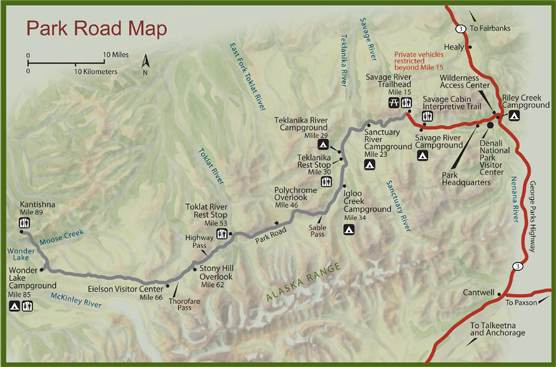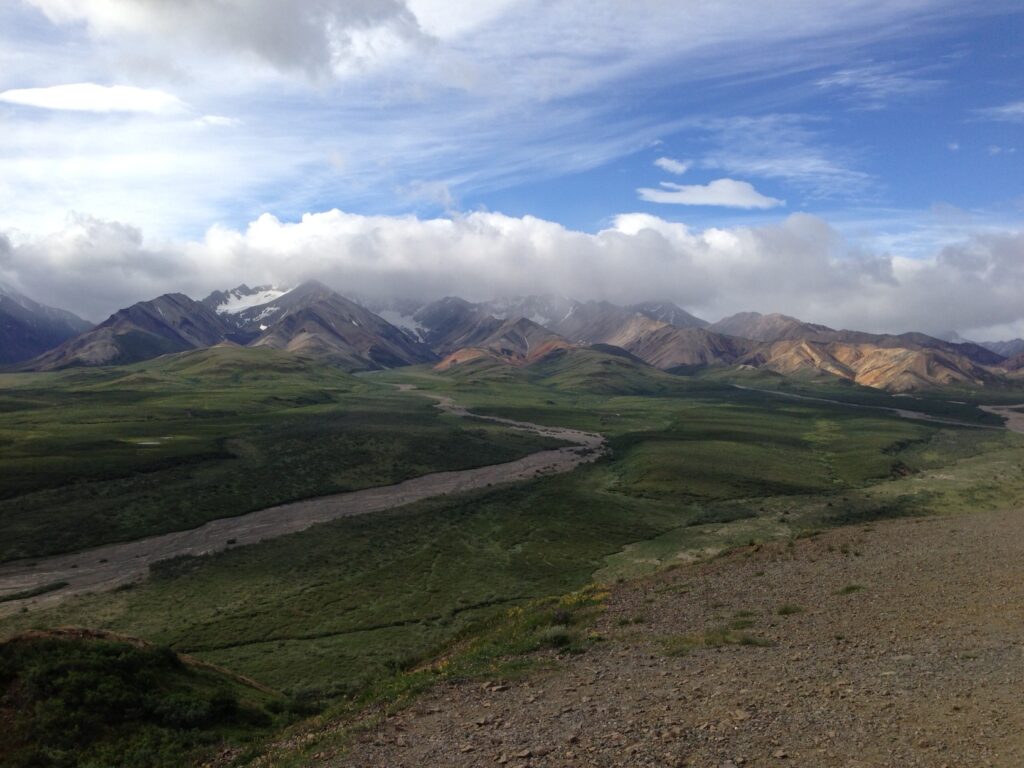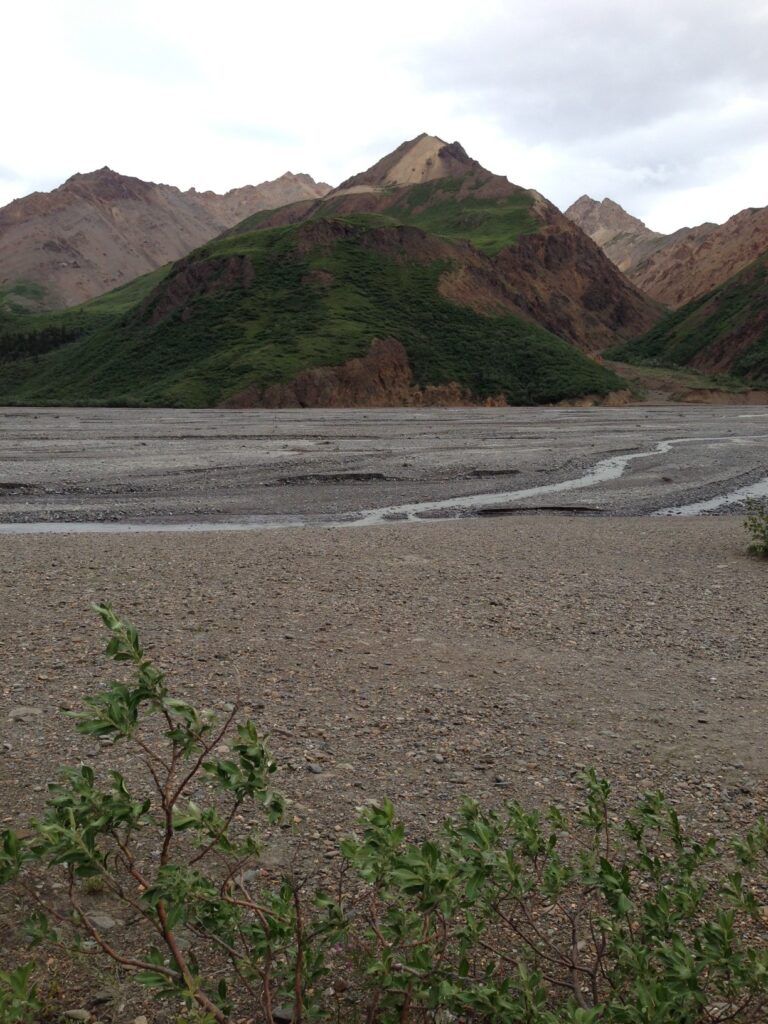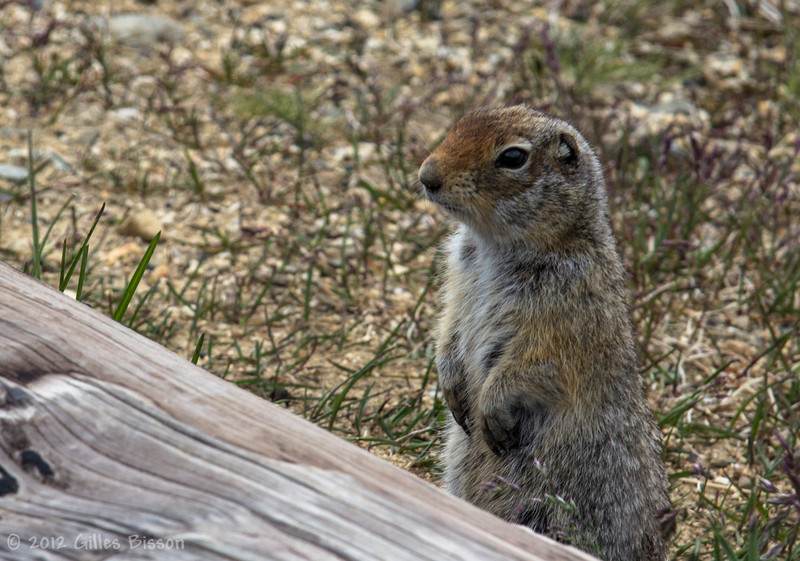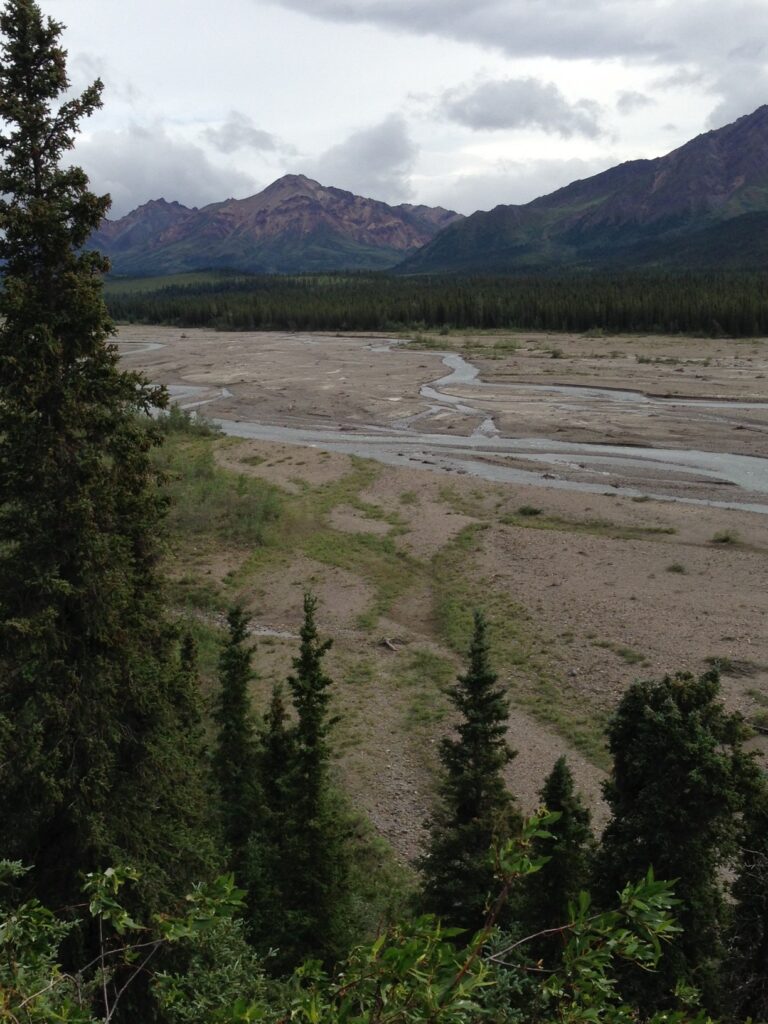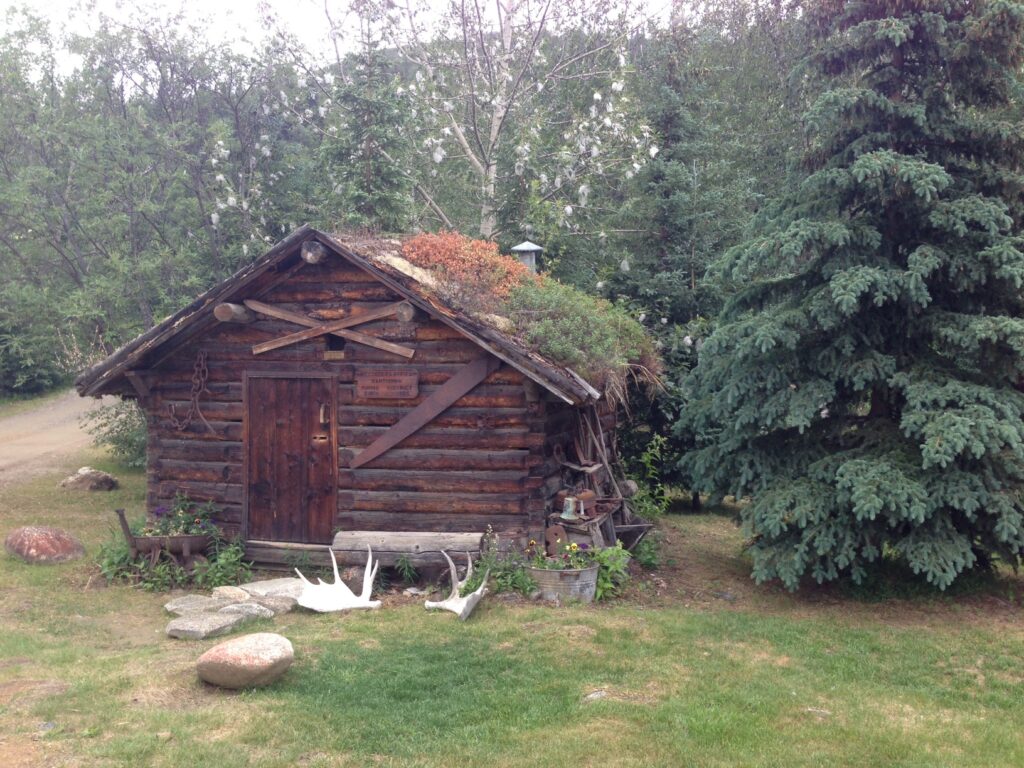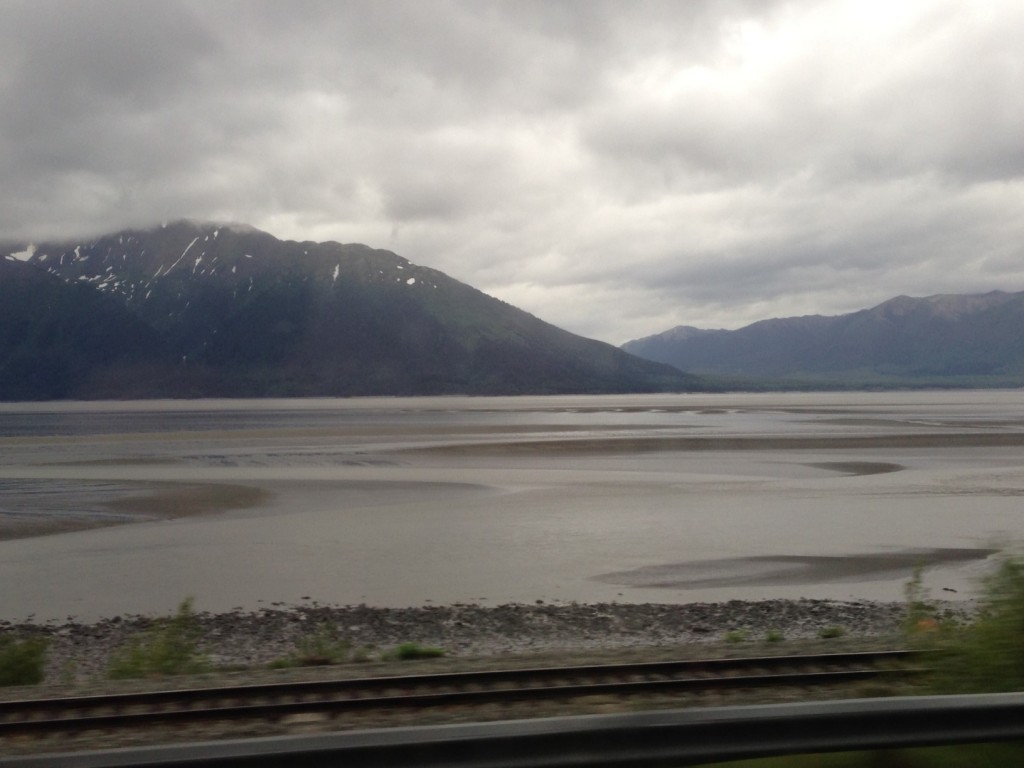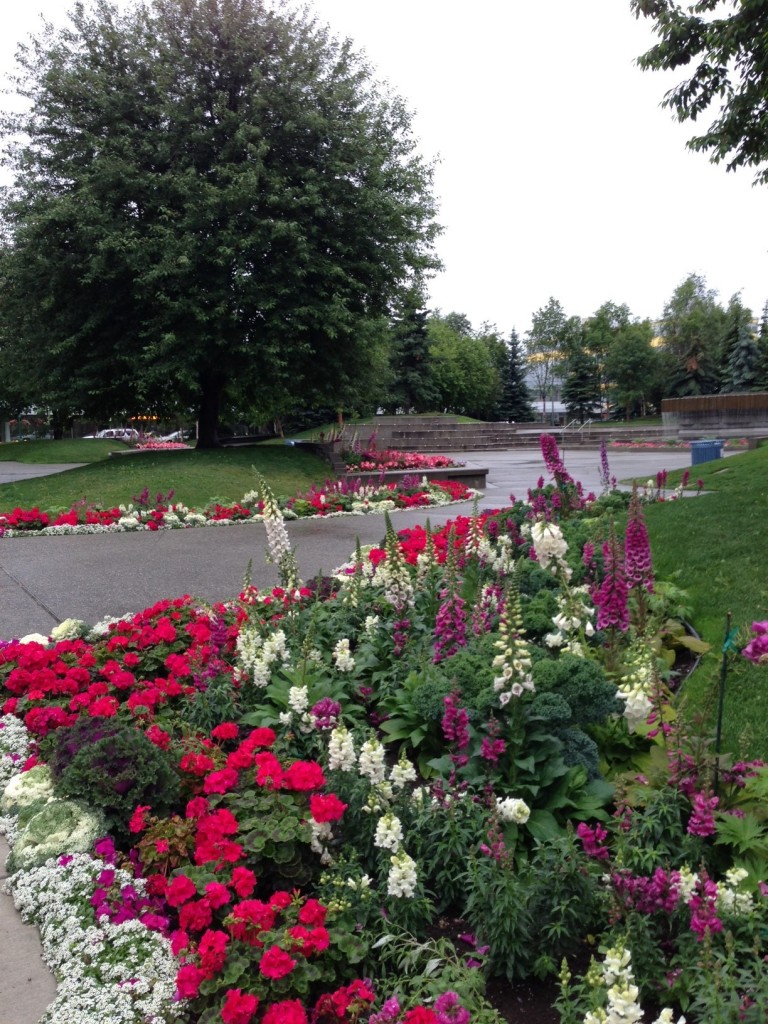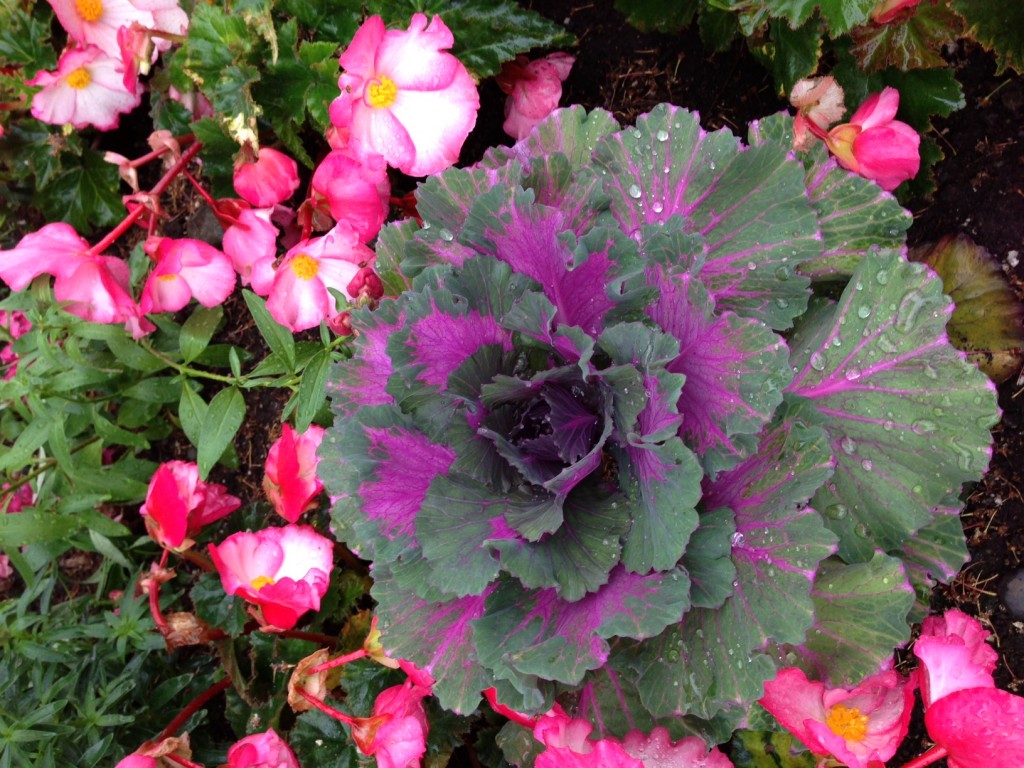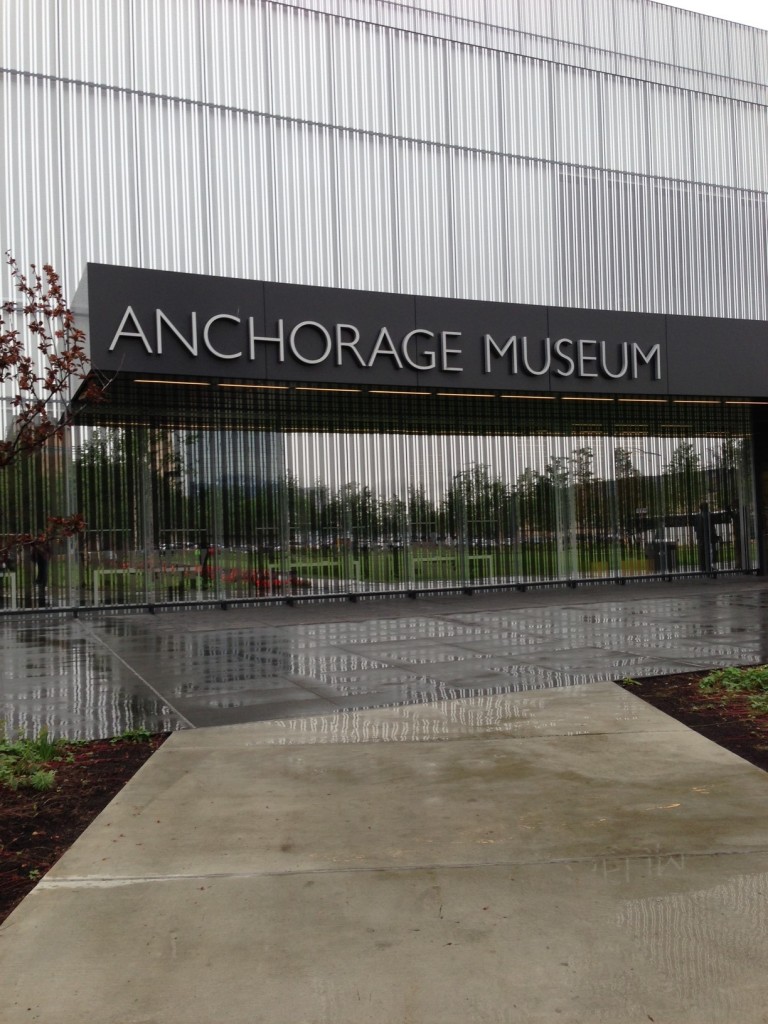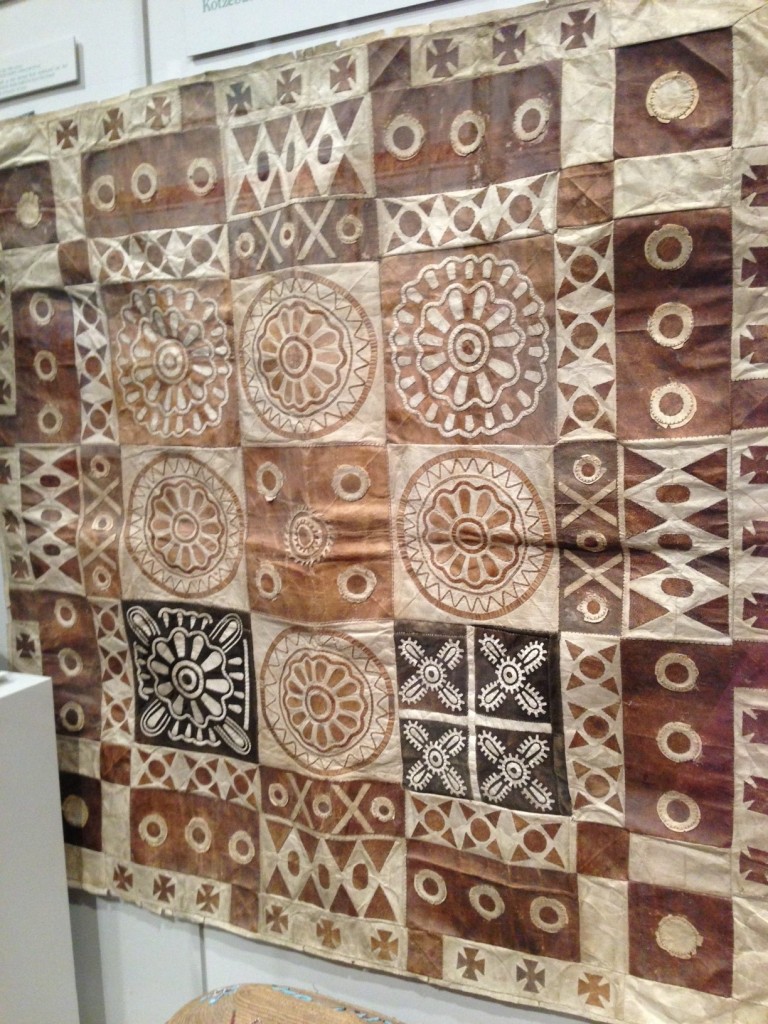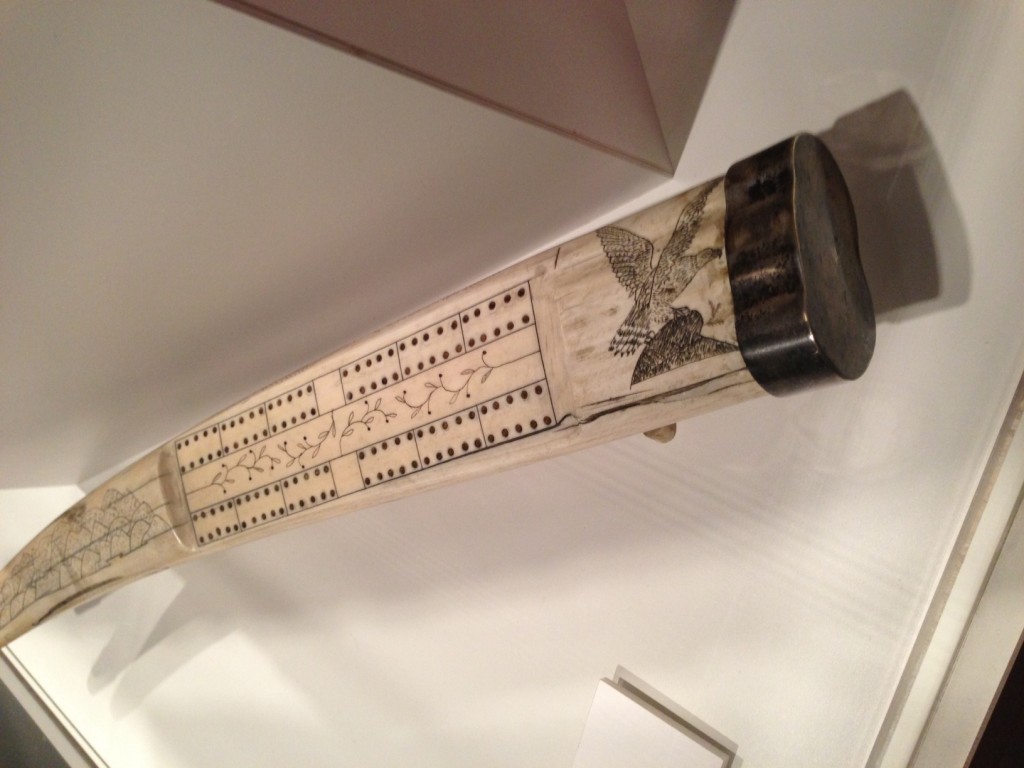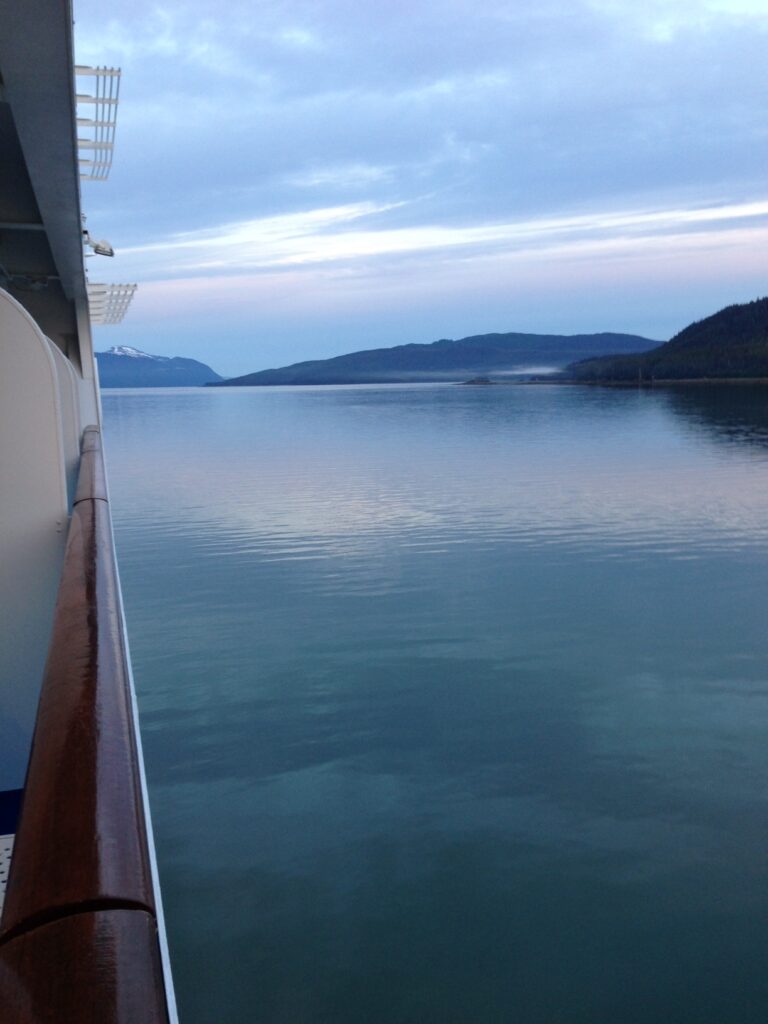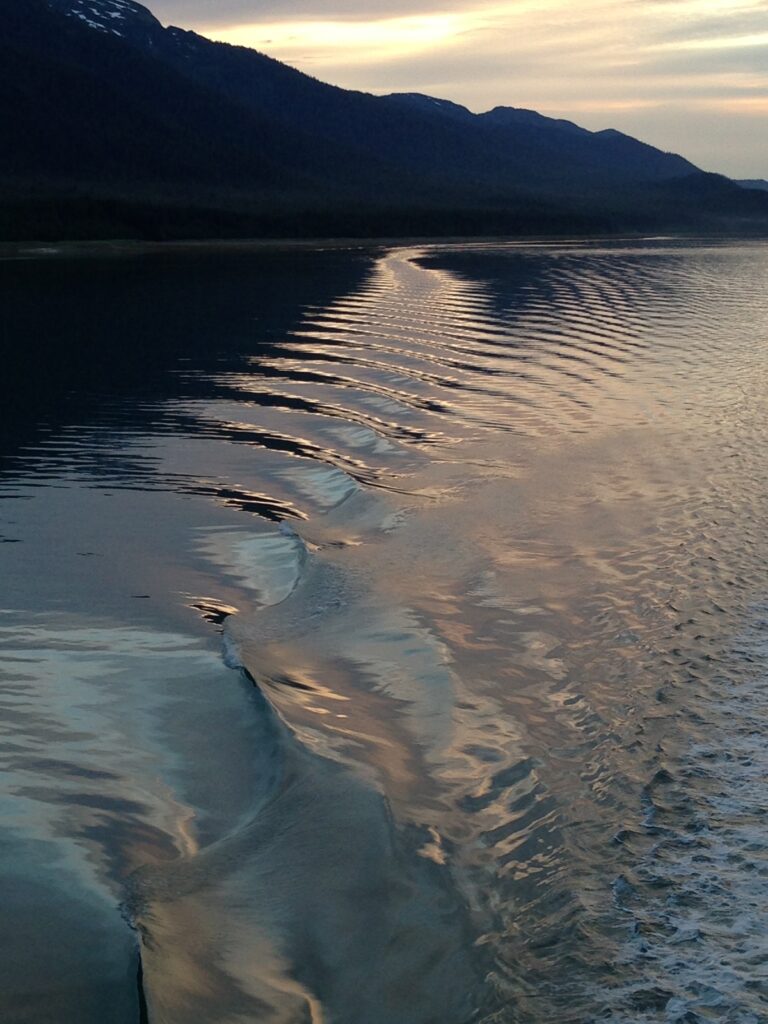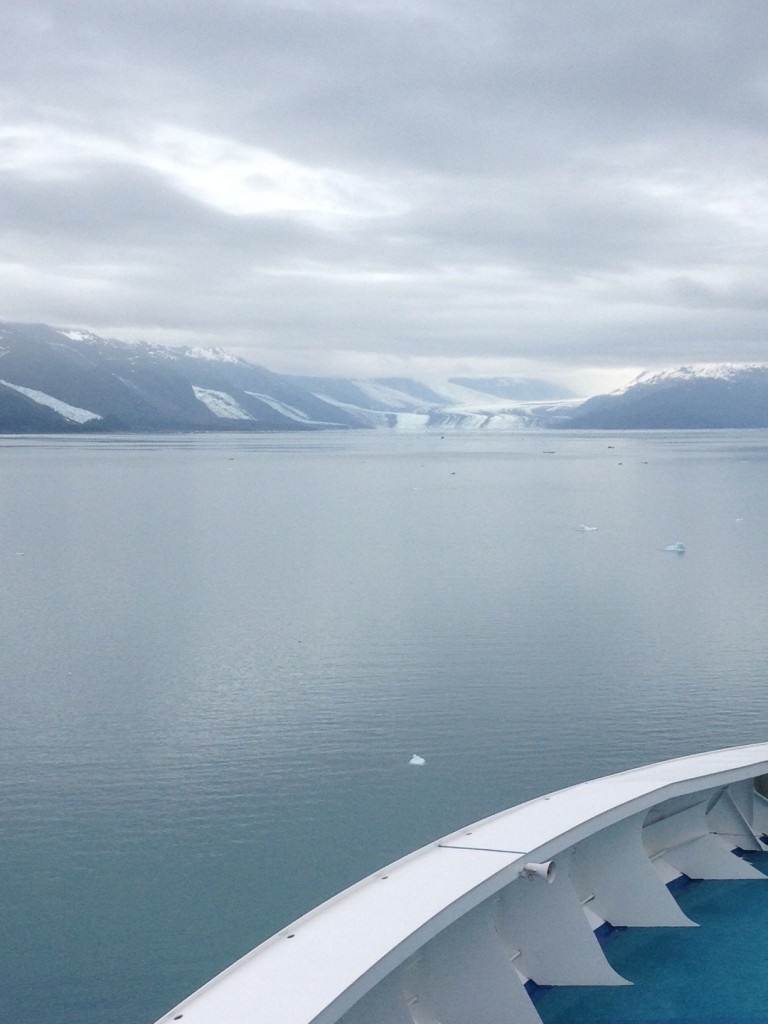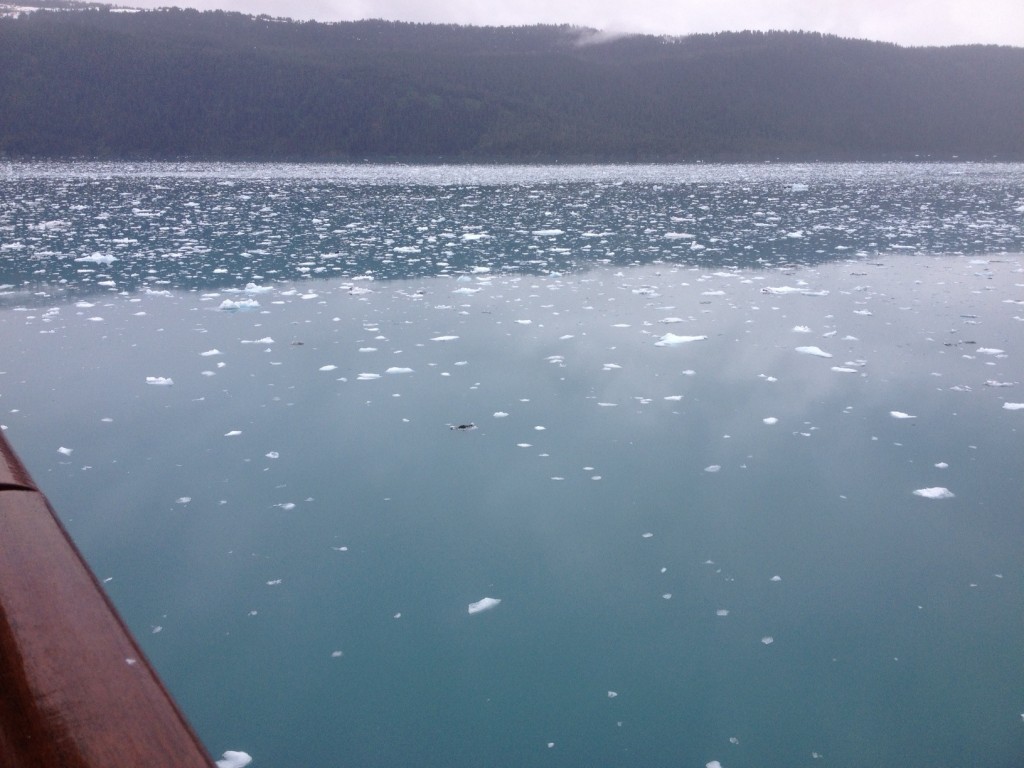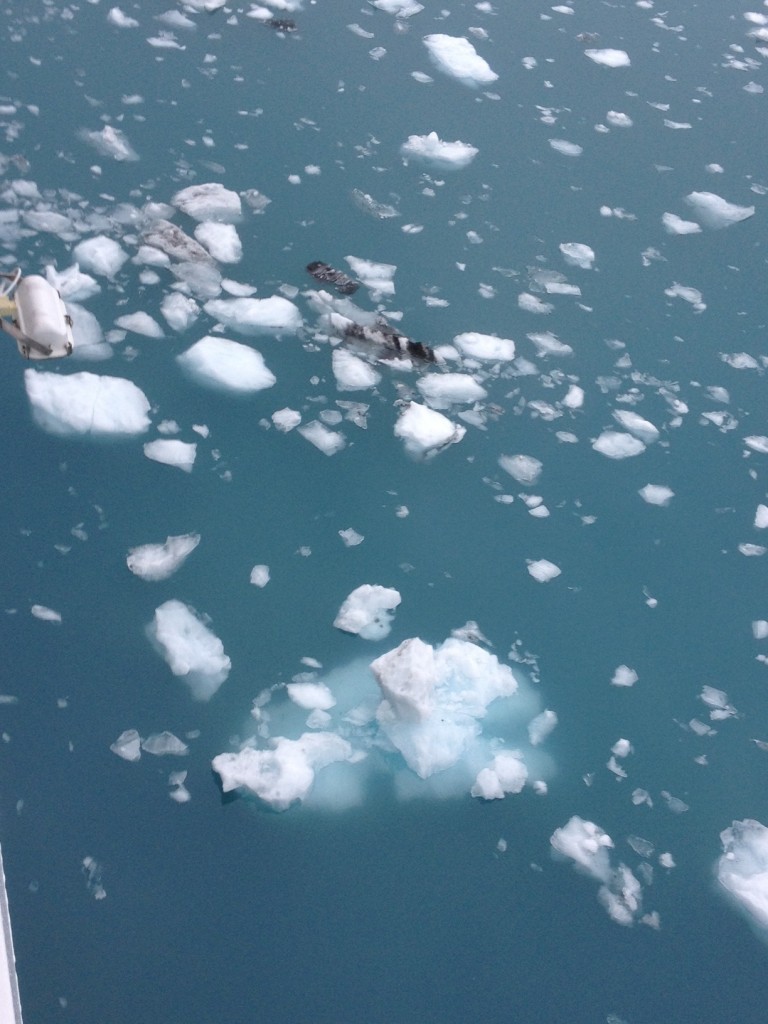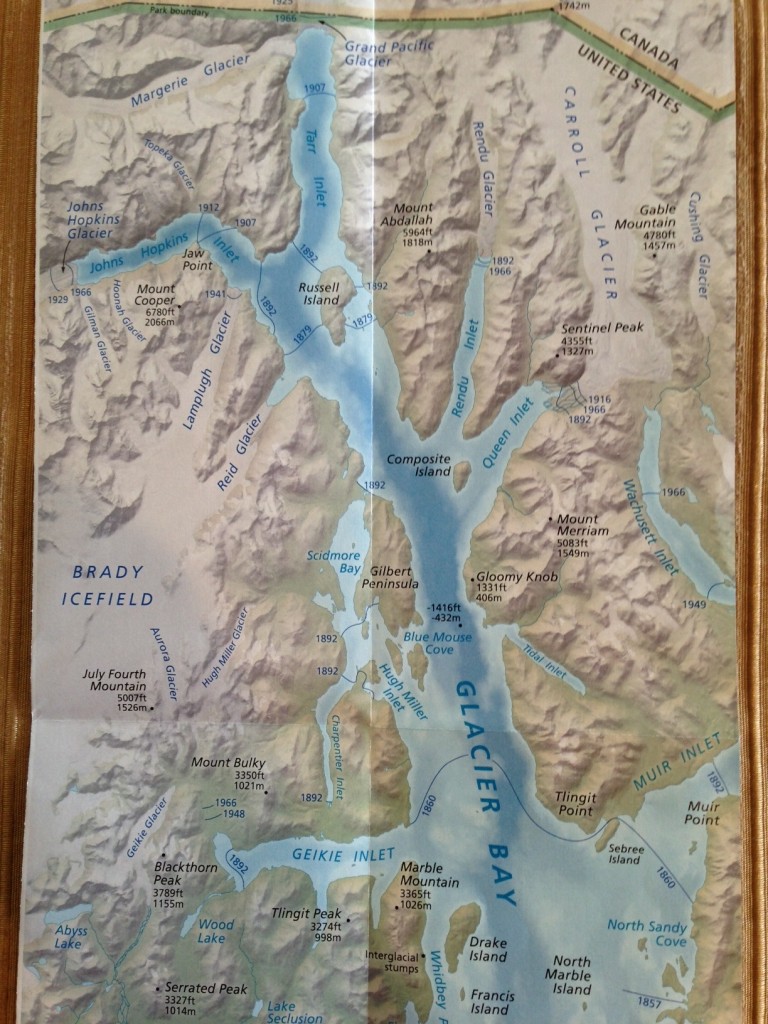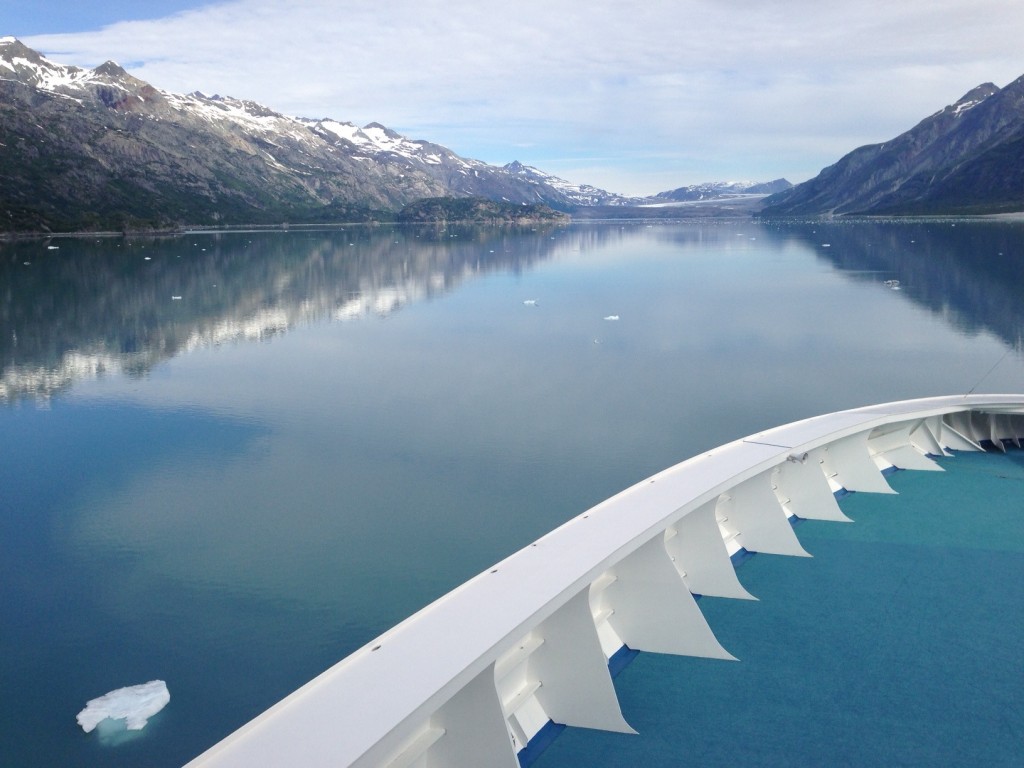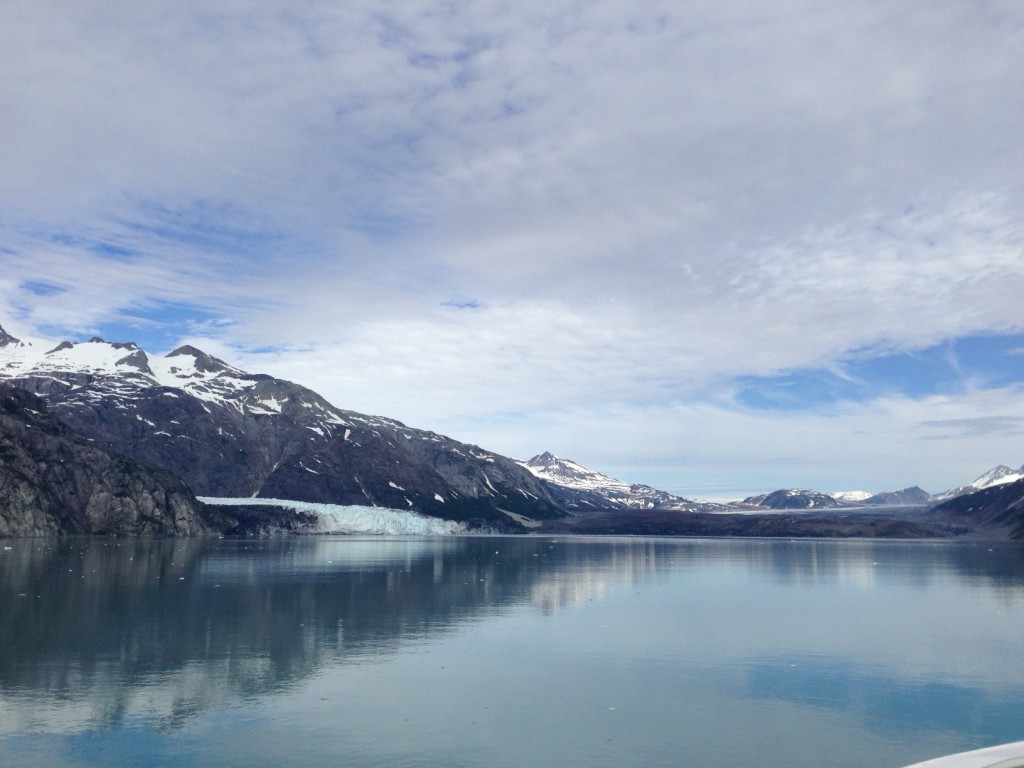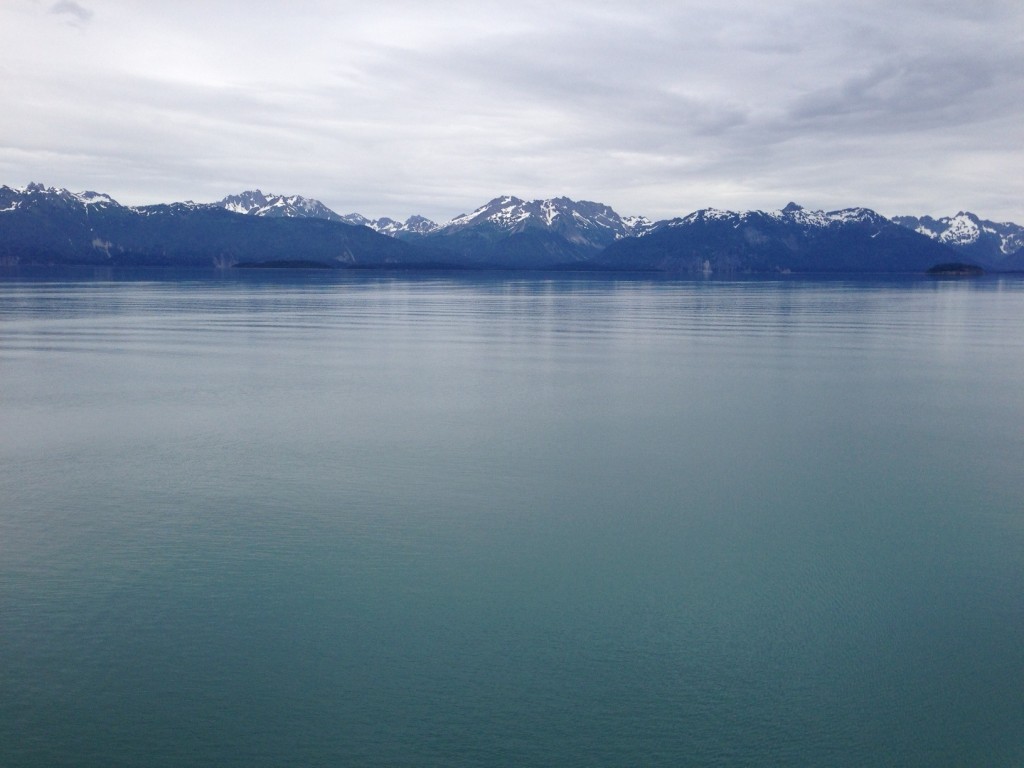Longest day ever… or at least so it seemed. Denali National Park and Preserve (Jam! Preserve always makes me think: Jam) has been a designated wilderness area since 1905 when some trophy hunter named Sheldon came up here, shot himself some big Dall Sheeps and stuff and then decided the place should be kept all natural and stuff for future generations. He then dedicated his life to making that happen, as you do when you are independently wealthy.
Anyway, the management of the park is rather unique, private vehicles have been banned from entering the park for many years now and the only way in or out is via the park bus system or on organized tours. The park buses can take independent campers and hikers in and out of the park and they run back and forth on a schedule, and many of the tours are operated with naturalists and interpretive guides as drivers who help spot wildlife and overload you with information on what you’re seeing.
The only tour that travels the length of the Park Rd is the famous Kantishna Wilderness Tour which goes 92 miles into the park to the end of the road and back again. It’s a bloody long day with the tour taking over 13 hours return (that’s the same length of time it took us to fly from Brisbane to LAX!) due to the it being a one lane graded road with buses frequently stopping to check out the wildlife and incredible scenery.
We have had an exhausting but exhilarating day… we have seen about fourteen grizzly bears, including several sows with cubs in tow (the cubs look just like teddy bears, I swear!), several caribou, about a dozen Dall sheep, a couple of moose, a porcupine, more ground squirrels than I can count, a golden eagle, some kestrels, a spruce grouse with it’s chicks and lord knows which animals I have forgotten!
I learned so much today about the various fauna and their eating habits, behavioural characteristics, reproductive systems and mating rituals… For example they have only one frog in the entire 6.4million acres worth of park, the woodland frog, and in the winter time, the little green and yellow woodland frog buries itself in the mud and literally freezes. Freezes until it is solid. Then in the summer when the thaw comes, the woodland frog literally defrosts and eventually his limbs thaw out and his organs thaw out and he when his little heart thaws out – well he comes back to life again. They have figured out that the woodland frogs have bodily fluids that are almost entirely made of glucose, and glucose freezes very differently to water… doesn’t expand the same way and doesn’t crystalize to sharp particles that can destroy cellular structure! And it’s not just zombie frogs. Nearly all the creatures up here are uniquely adapted in dozens of ways to deal with the harsh climatic conditions. I never knew that moose and caribou antlers are like great big cooling radiators… their antlers are body temperature as they have blood running through them and they use them to keep their big bodies cool if they get too hot.
And once we moved off the crazy-arse fauna up here we got a plethora of information about the vegetation of the boreal forest, the taiga forest and the tundra terrain that we were crossing through. We also got a ice age geology and geography lesson about how the mountain ranges were formed which renewed my faith in ‘Mericans to find some that didn’t believe the earth is only 6,000 years old. He discussed the possible effects of climate change on the glaciers and the animals in the park – jury was still out with our guide… he’s not sure if we are experiencing a warm turn in a long term cooling trend (15,000 years +), or an exacerbation of a natural warming trend? Clifford, that was his name, had an interesting and diplomatic approach to the topic which informs us that he’s probably inadvertently stepped on toes in the past. He also talked about the local history, about the mishaps that befell various adventurers that came into the park (for example Chris McCandless – who lost his life in the park and Timothy Treadwell – who also had an interesting life, and eventual death due to his fascination with the grizzly bears).
On and on it goes, from grizzly bears adopting cubs from other sows, to the polar bears found to have mated with grizzly bears due to reducing polar bear habitats making what are now being called pizzly bears or grolar bears, to the over thirty types of parasitic insect that live in the park on the park animals, (fuck the mozzies are hideous, swipe to kill one and five take its place!!), and obscure facts like the red squirrel being the biggest predator facing the snow shoe hares… just so much interesting information that I couldn’t hope to remember it all or to capture it all here.
Once we got to Kantishna Roadhouse at the end of the 92 mile mark, we had a bit of lunch and then got treated to a bit of a sled dog lecture by a man named Peter Emmerson Jnr, who has grown up around sled dogs and mushing and whose father, PJ Snr, is a bit legend in the mushing world and the Iditarod Sled Dog race (look that shit up, it’s fascinating 1200mile race on a dog sled and hearing about it makes me want to come back in March to see it, even though you’d freeze your arse off!). PJ Snr apparently won the 3rd Annual Iditarod in 1975 and has completed the race 13 times spanning four decades… still deciding if he’s going to enter again to make a fifth decade. Apparently the first year the race was run, it took 28 days to complete, the second year the race was run it took 22 days to complete, in 1975 when Peter Emmerson Snr won the race he did it in just 14 days! Apparently he and his team were sprinters, not long distance haulers, so they did what they were good at… sprinted for 2-4 hours and then stopped and kept on doing that for 14 days while everyone else in the race came in some 8-10 days later. Obviously his techniques have been taken on board and the race is now usually finished in about 8 days… with the closest finish being only 2 seconds apart.
Anyway, all up a fascinating day out in Denali National Park and Jam! Mt McKinley (the highest mountain in North America at 20,320 feet) stayed stubbornly behind the clouds all day, which it apparently does about 70% of the time, and even though it was a long, long, long journey out to Kantishna and back, and I am now absolutely shattered and attempting to ignore my screaming back on a heatpack… it’s been an absolutely incredible day.

